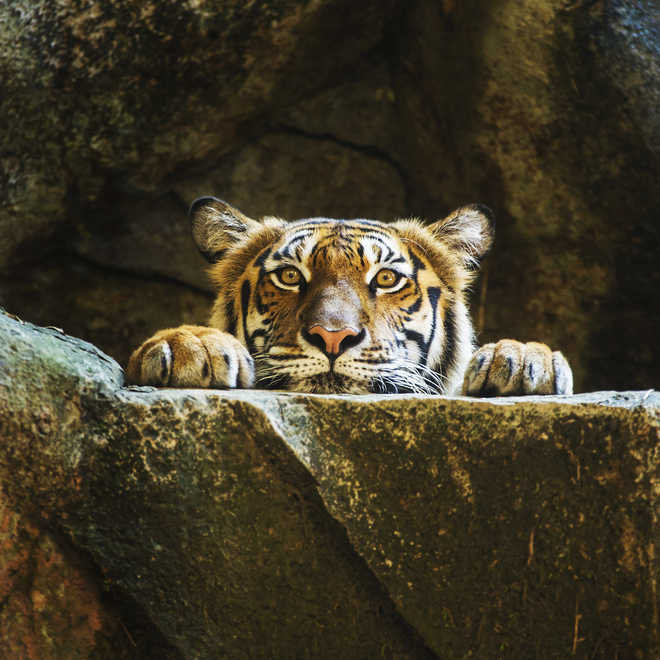
Photo source: Thinkstock
London
Some of the world's most well-known big cat species such as lion, tiger, leopard and cheetah are at a high risk of extinction due to the decline in their prey, a new study warns.
Researchers, including those from Oxford University in the UK, investigated the cause of extinction of seven large cats from the Ice Age: four different types of sabre-toothed cats, the cave and American lions and the American cheetah.
They discovered that if these animals were alive today on average, only 25 per cent of their preferred prey species would still remain across their former natural ranges — the majority have gone extinct, partly due to human pressure.
The team believes this devastating loss of prey species was a major contributing factor to the extinction of these big cats.
Researchers also used the database to work out whether a similar decline in the availability of prey species now could lead to the demise of some of the world's most well-known big cat species.
They discovered that if all the currently threatened and declining prey species within big cat natural ranges were to go extinct, only 39 per cent of the African lion's prey and 37 per cent of Sunda clouded leopard's would remain.
Researchers believe that if this prey loss trend continues this poses 'a high risk of extinction' to these two big cat species in particular.
They also report that prey diversity within the geographical ranges of tiger, leopard and cheetah puts them at risk too.
"This joint study clearly shows that if primary big cat prey continues to decline at such a rate then big cats, including lion, Sunda clouded leopard, tiger and cheetah are at high risk of extinction," said Chris Sandom from University of Sussex in the UK.
"Where prey species have, or are likely to become extinct, this poses a serious risk to the big cat species which feed on them and we now know this is the continuation of an unhappy trend which began during the last Ice Age," Sandom said.
"The Churchillian aphorism that those that fail to learn from history are doomed to repeat it was painfully in mind when we saw how many of the prey of lions and East Africa and of clouded leopards in Indo-Malaya look set to go down the same drain down which their counterparts in other regions have already been flushed," said David Macdonald, professor at University of Oxford.
"We need to buck this Ice Age trend once and for all and to reinforce the urgent need for governments to protect both big cat species and their prey," Sandom added. — PTI



























